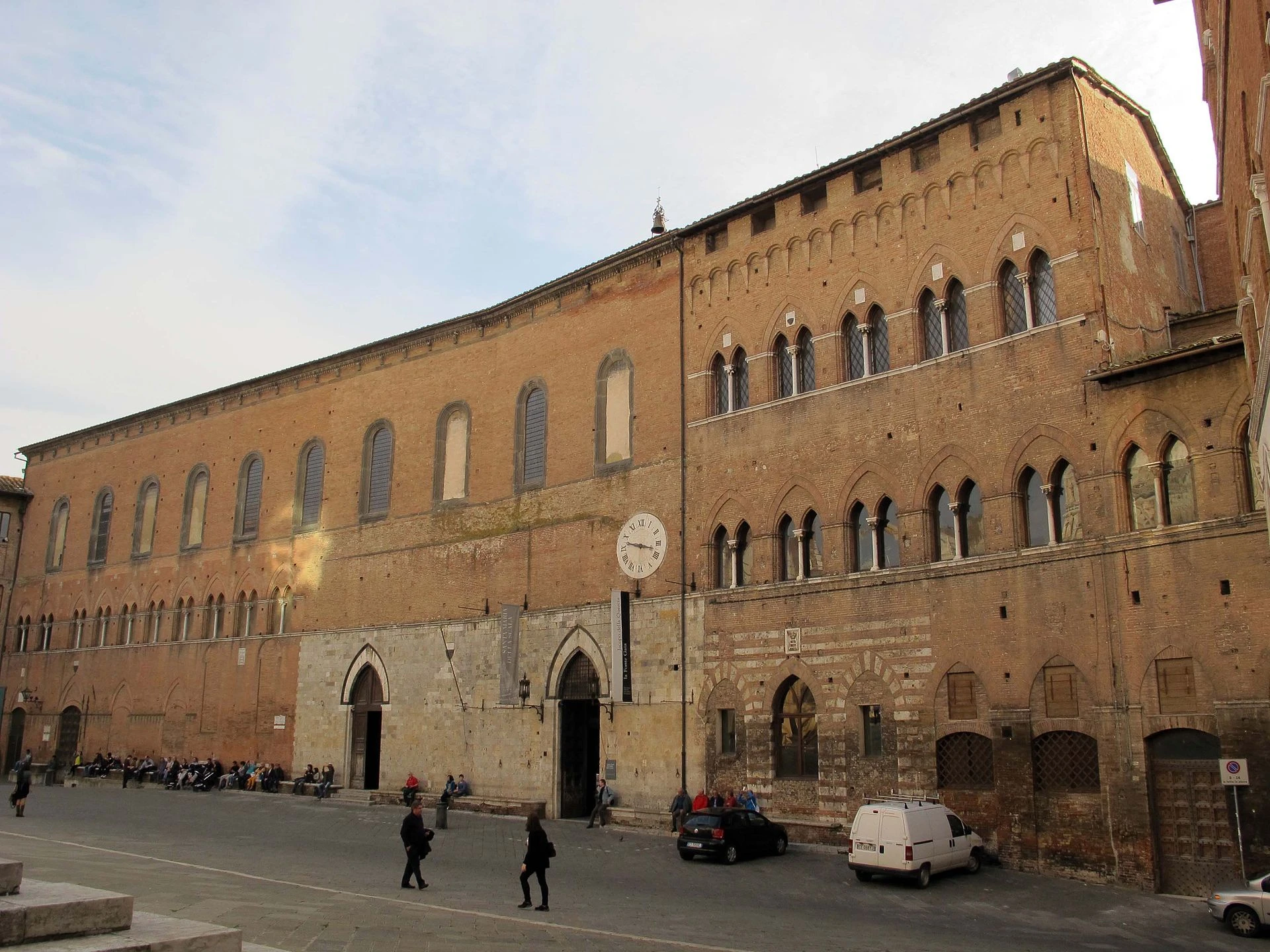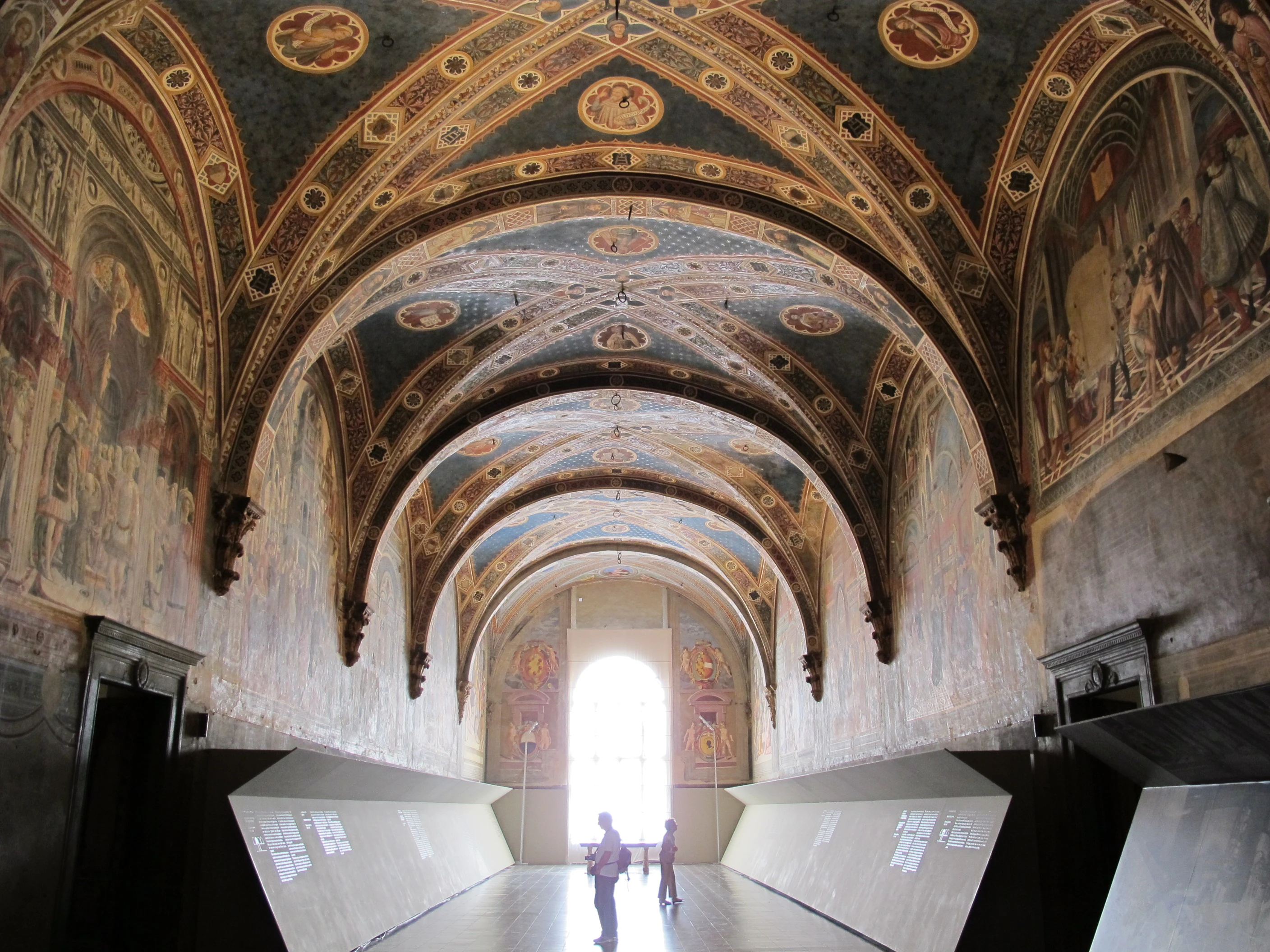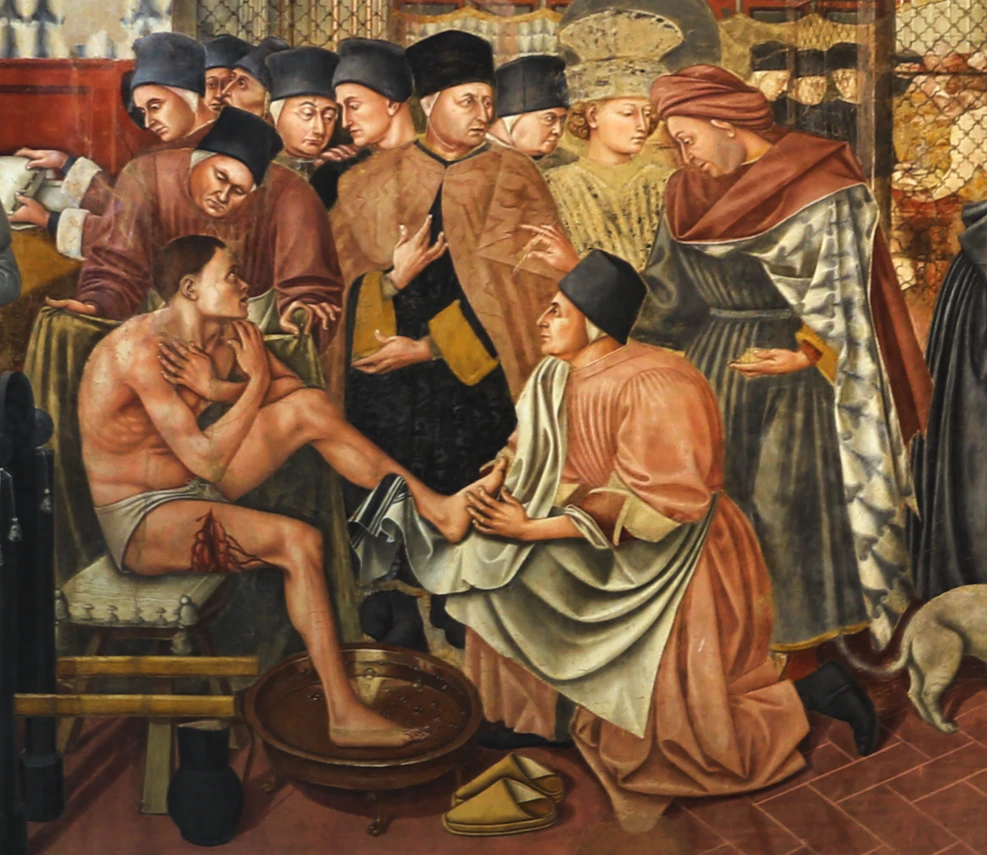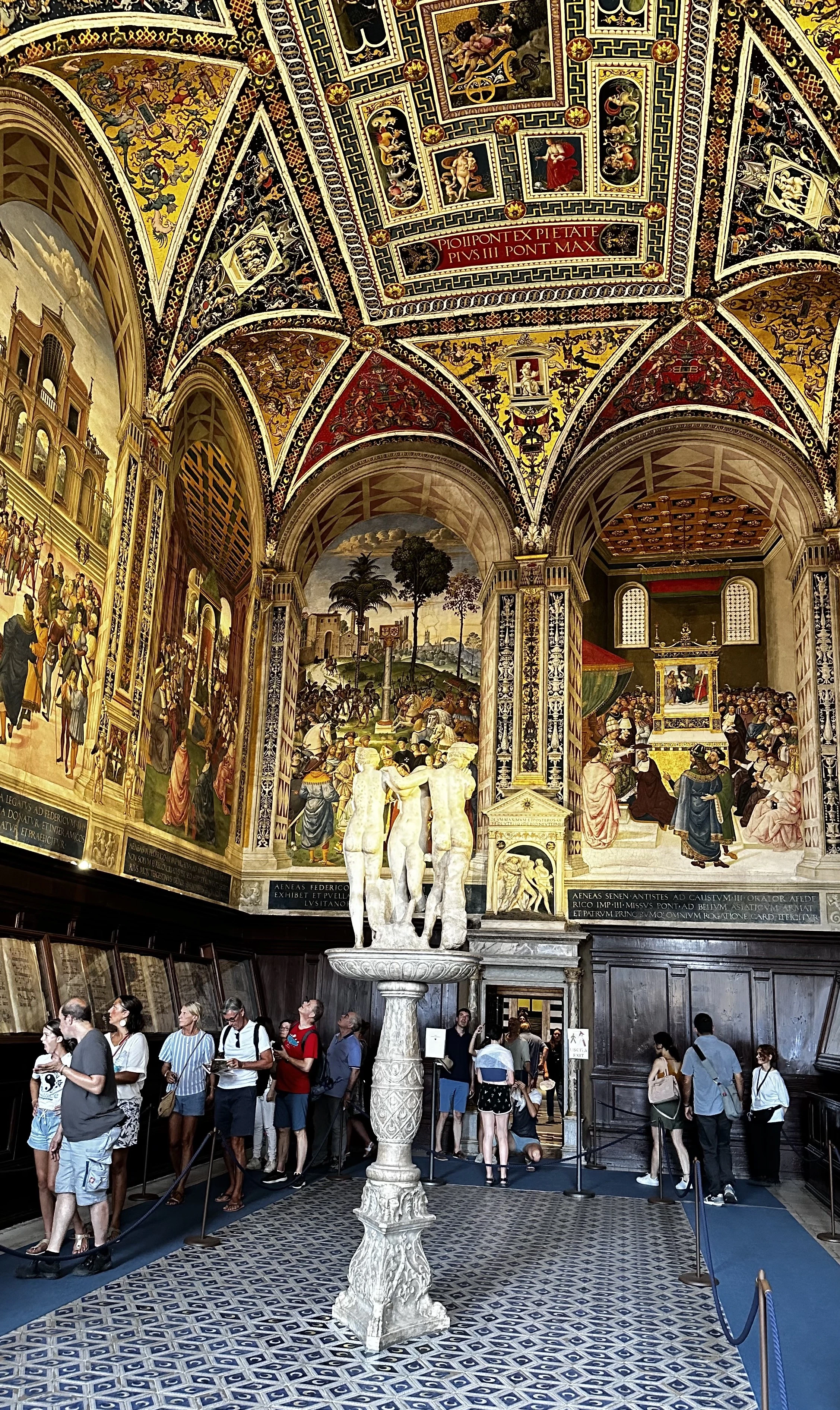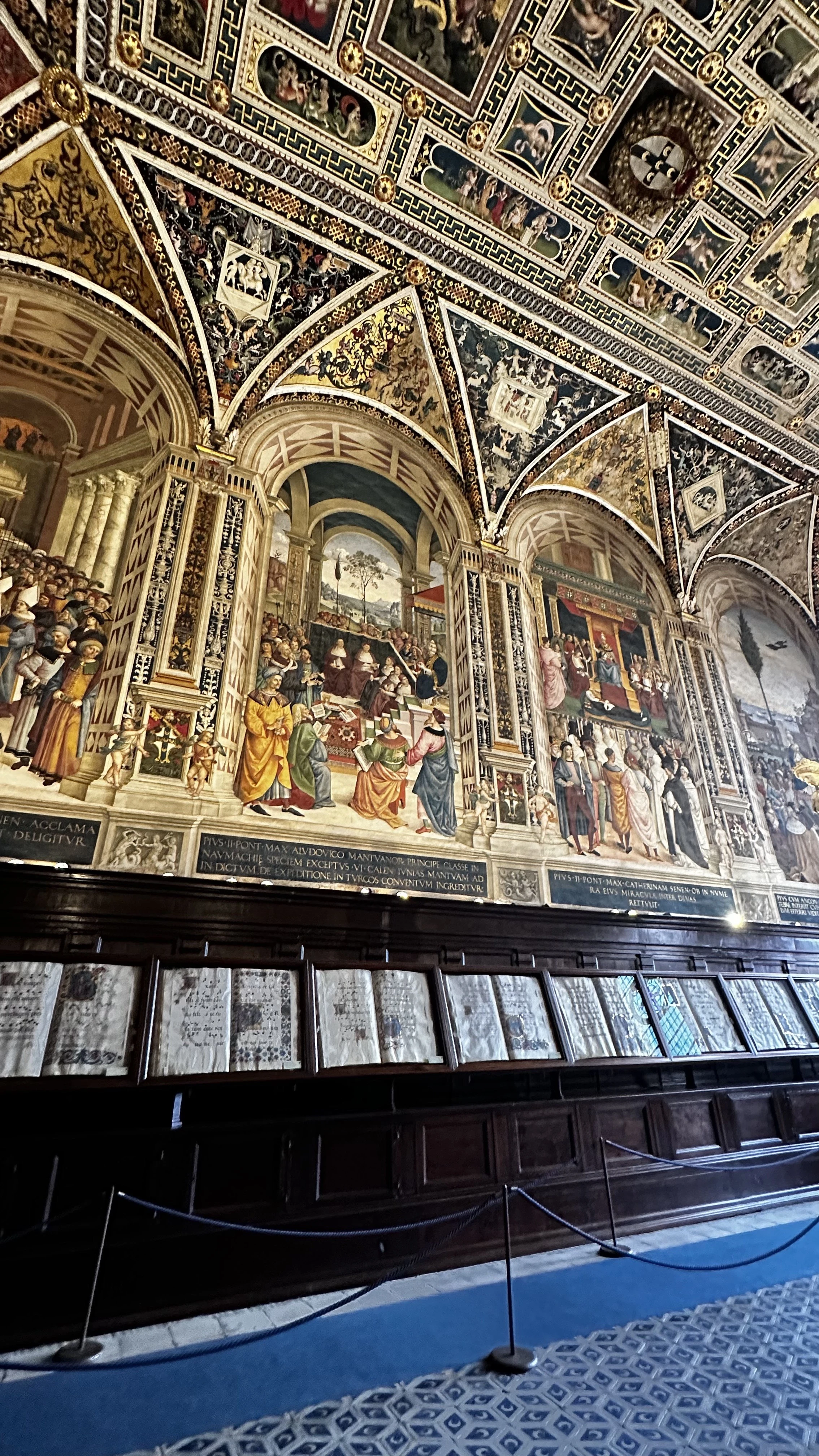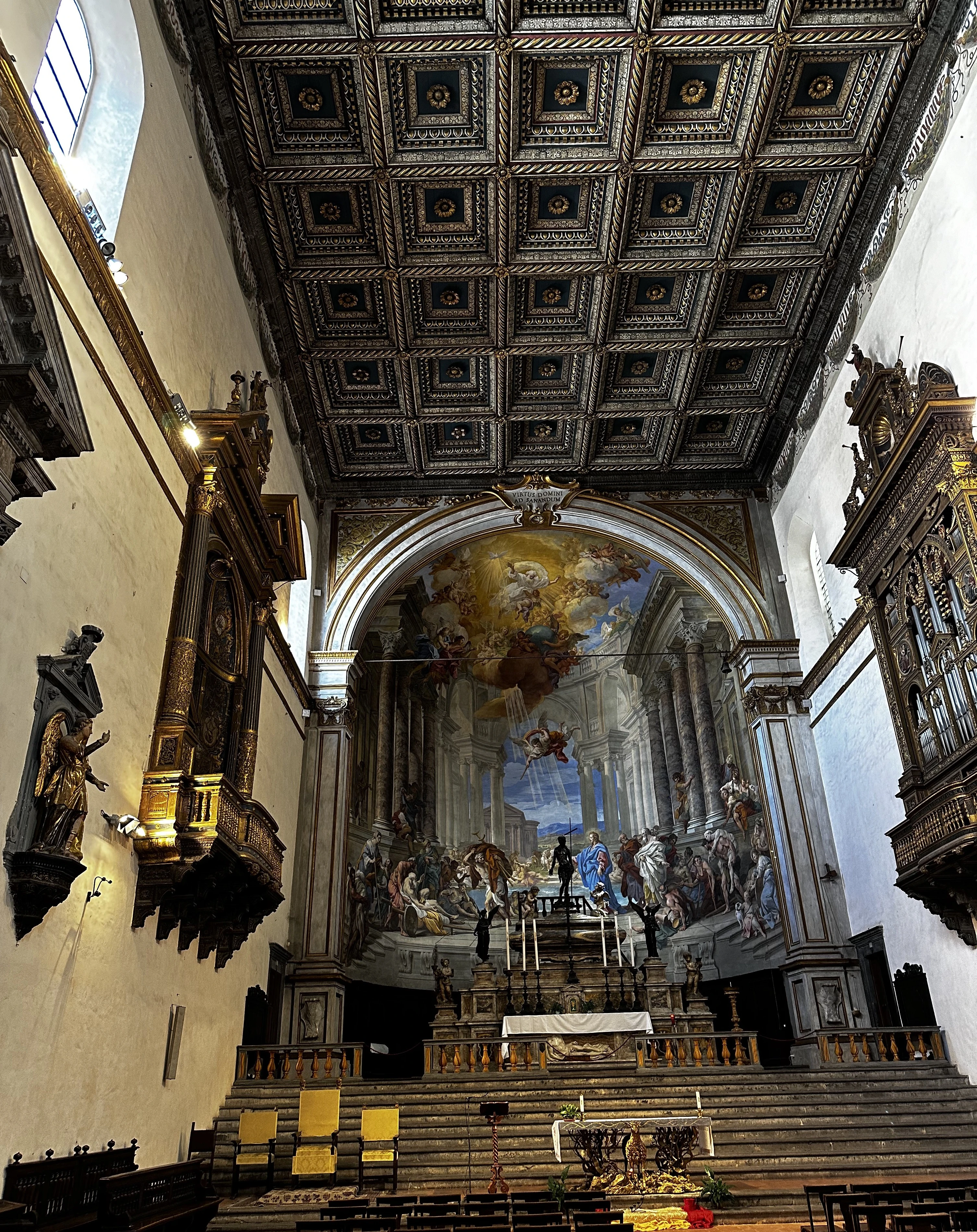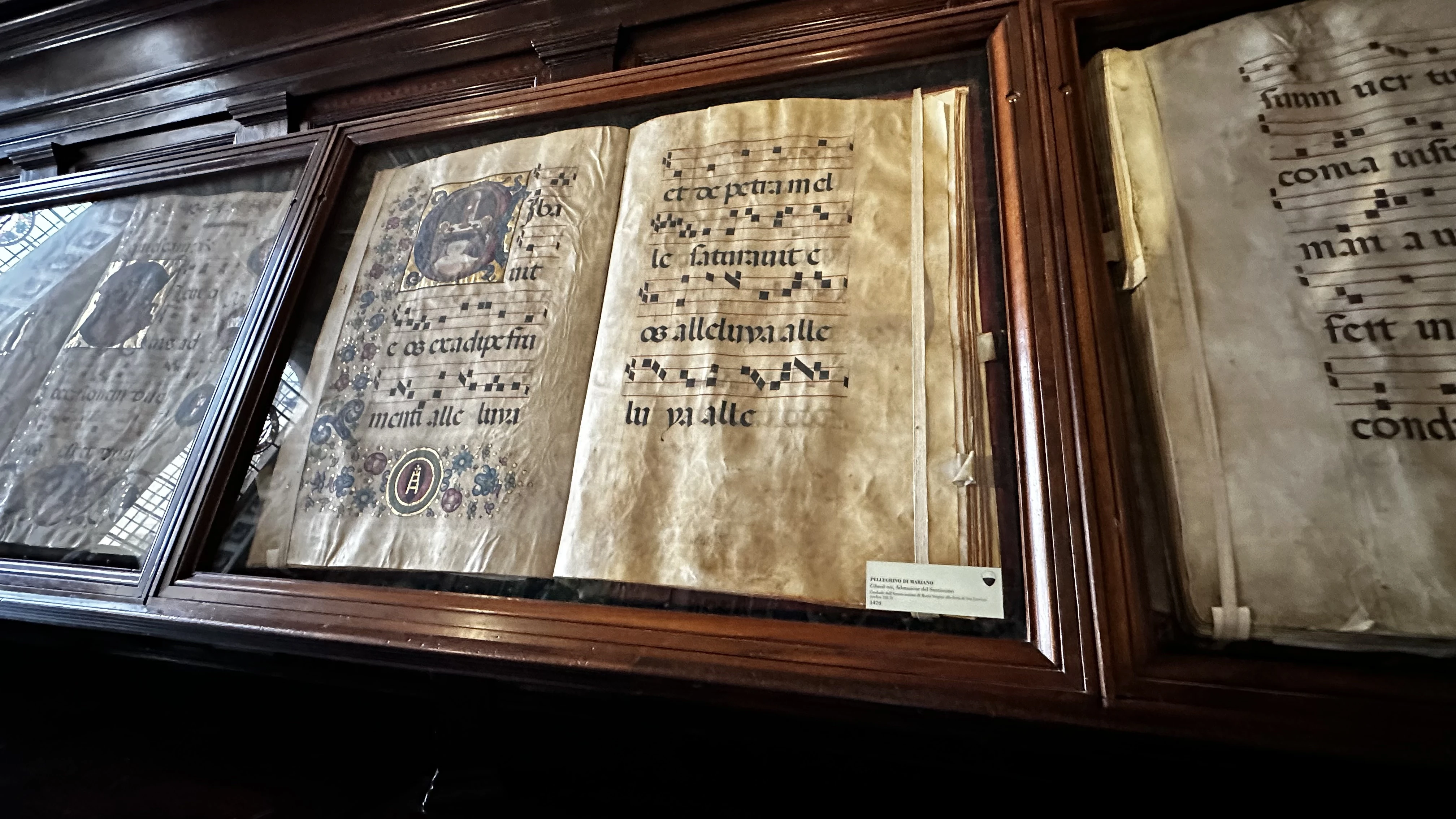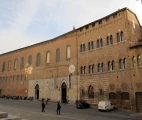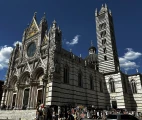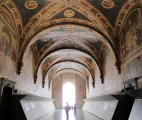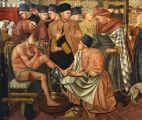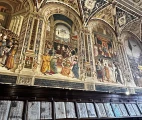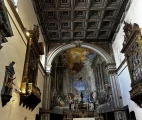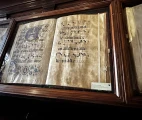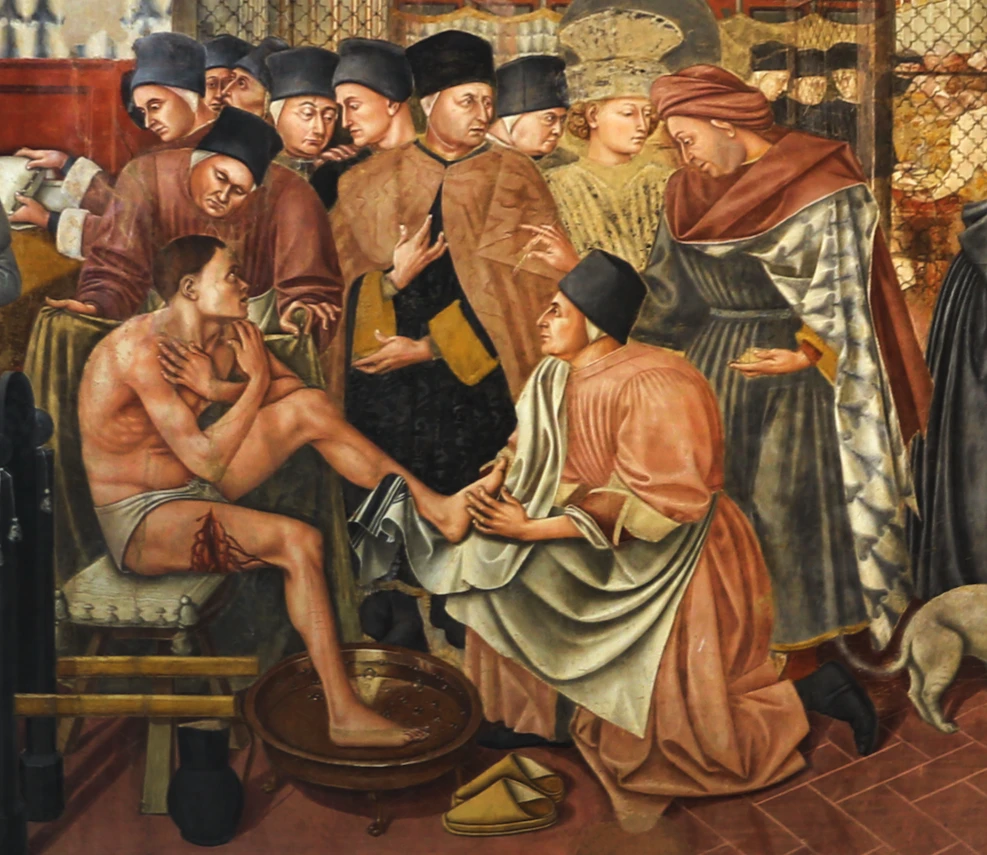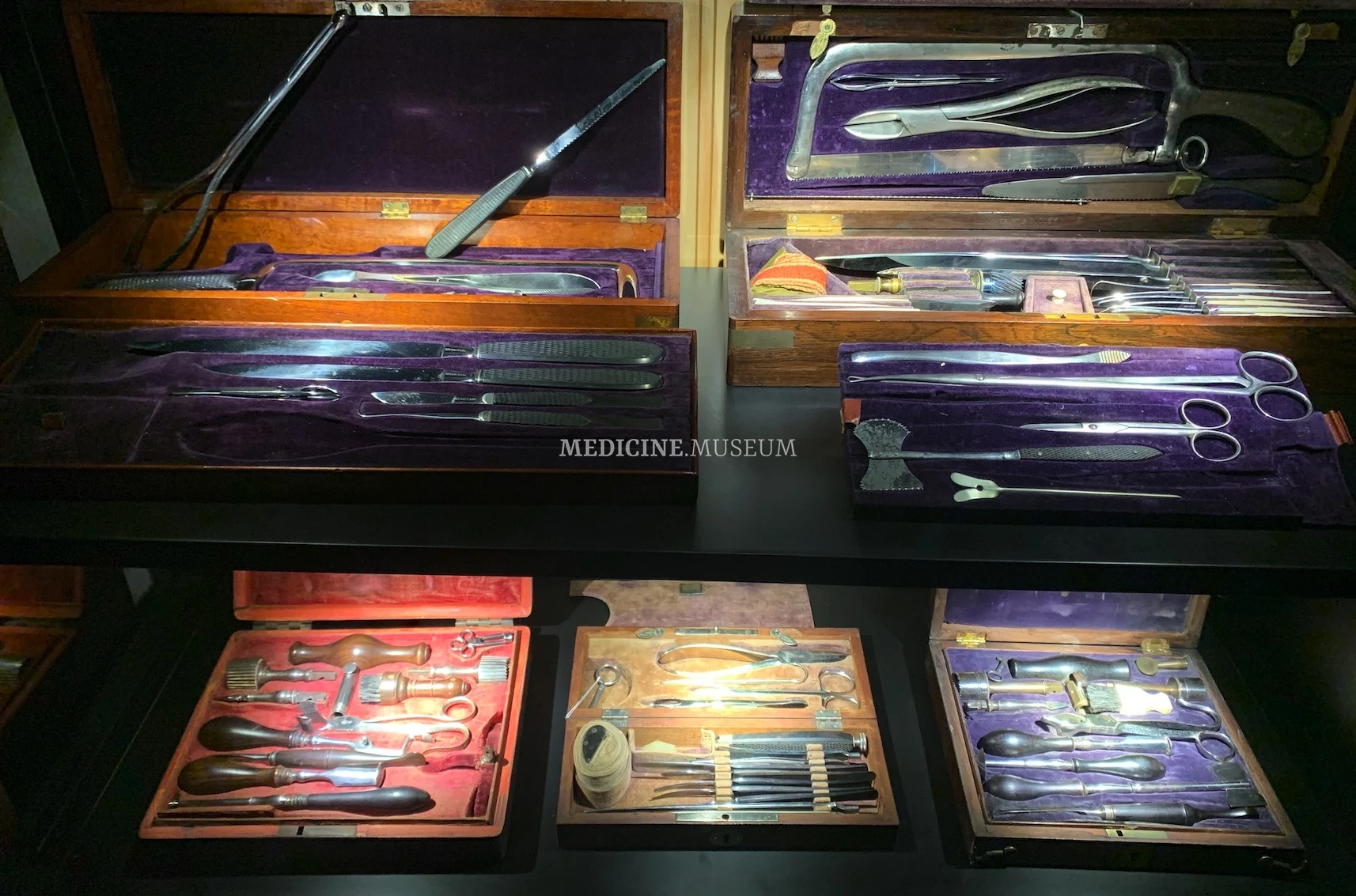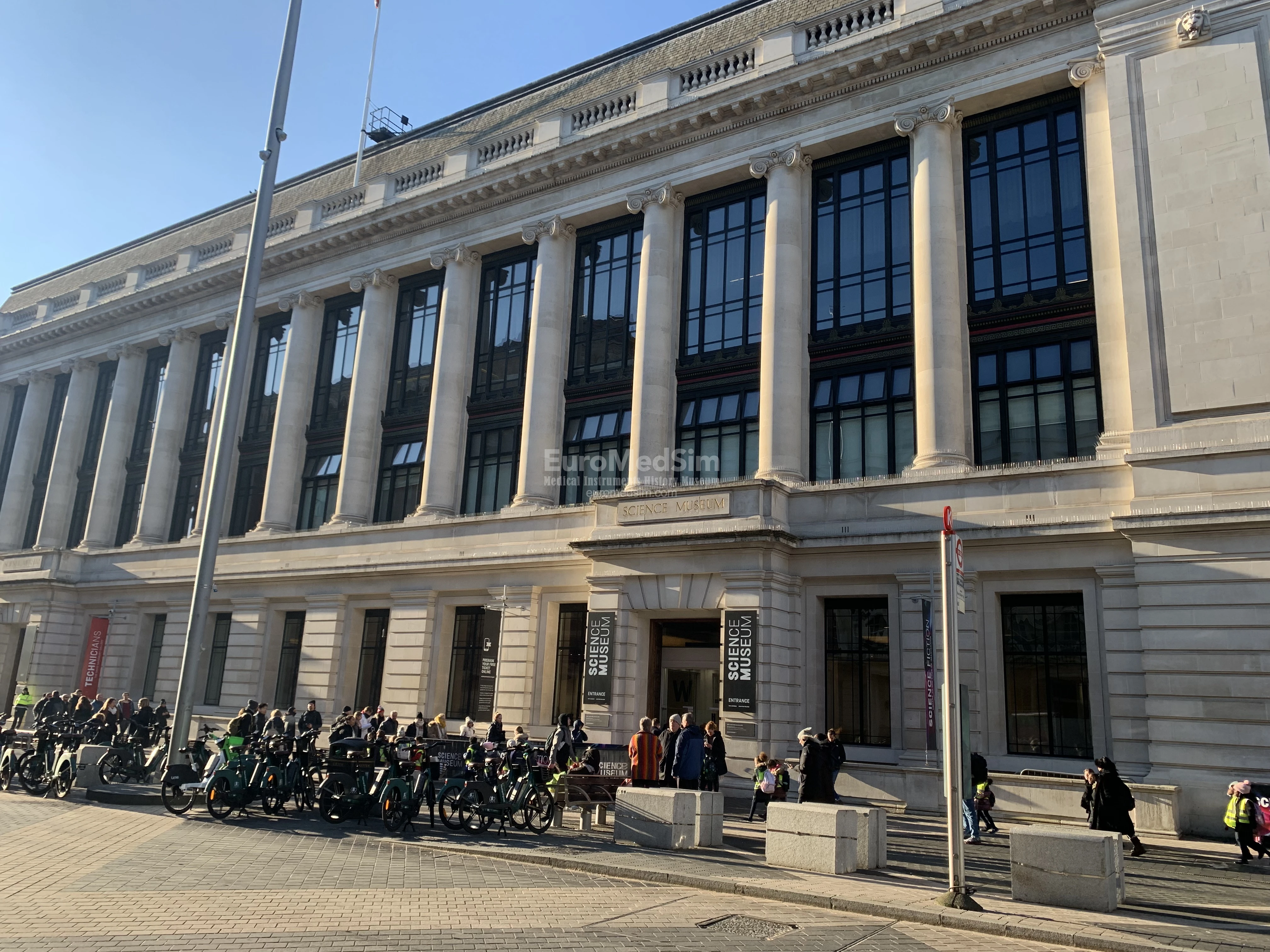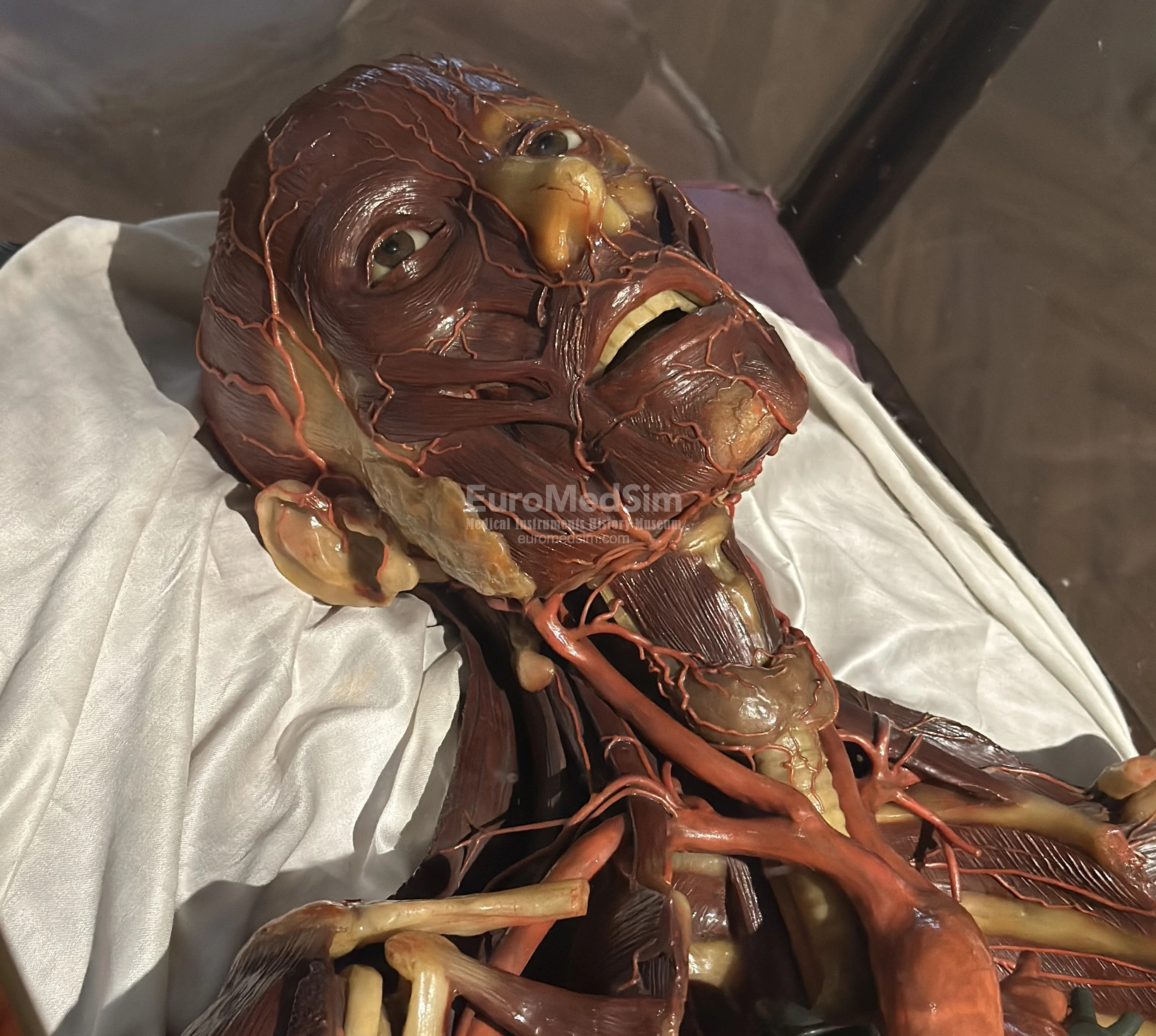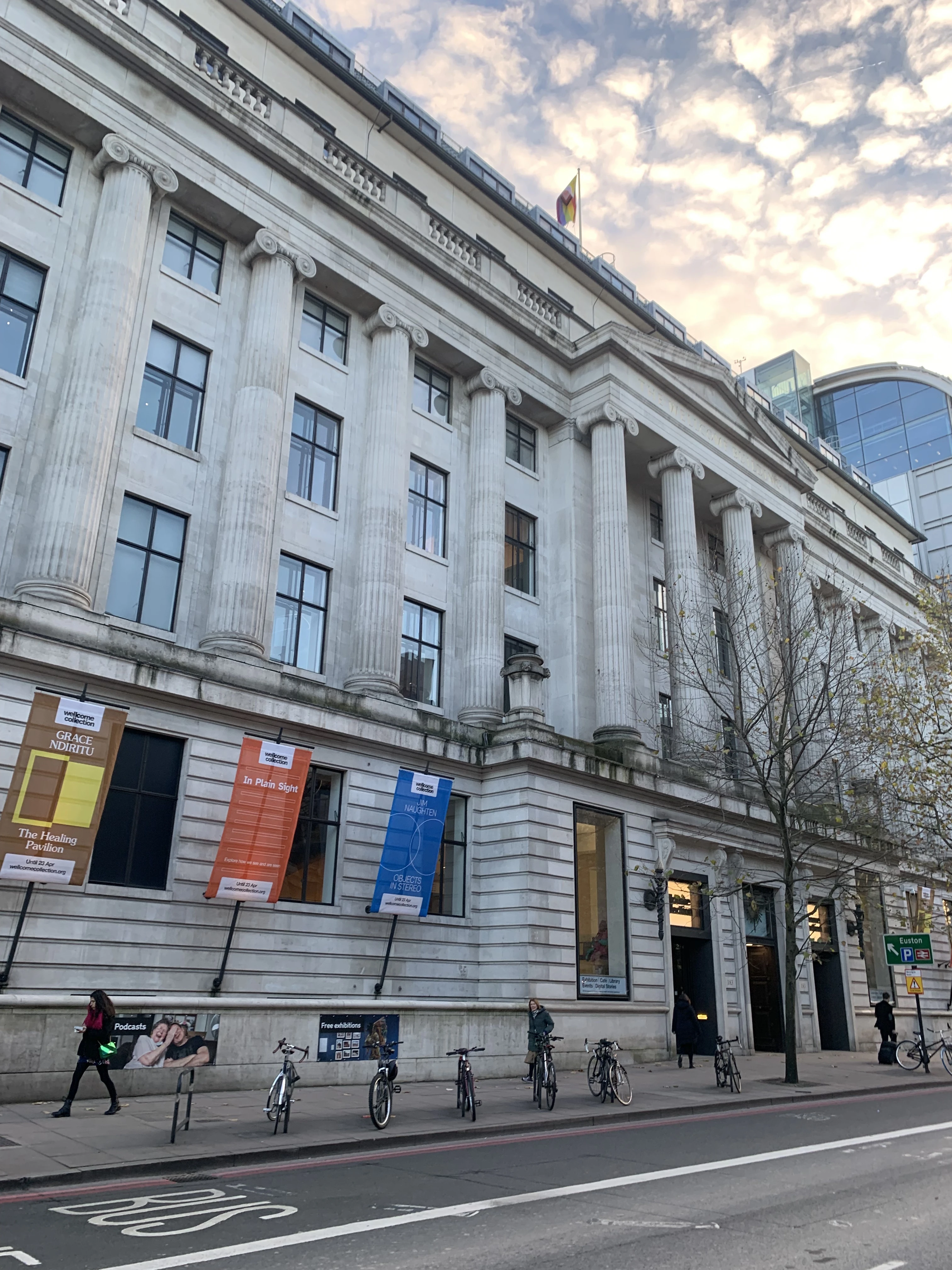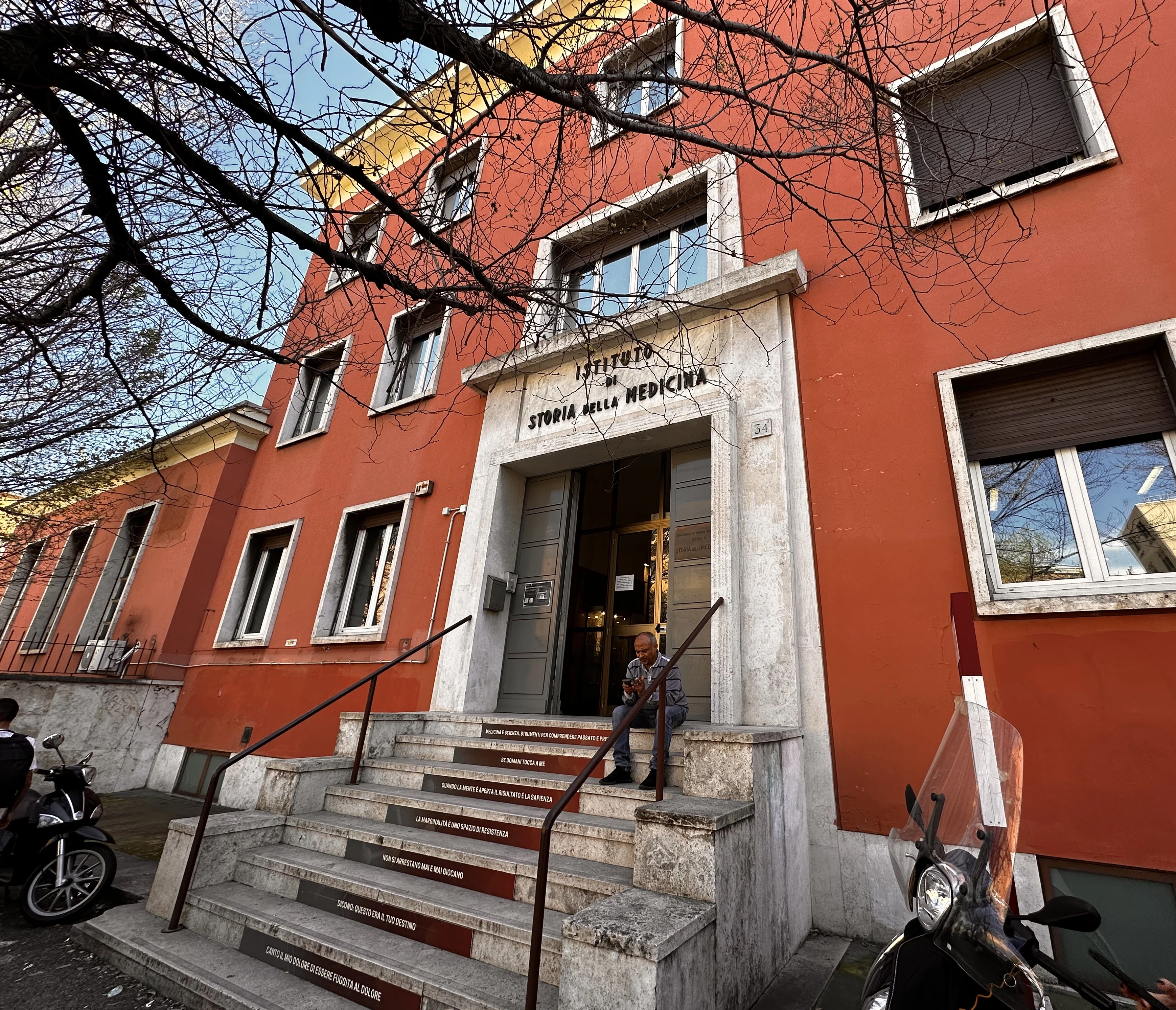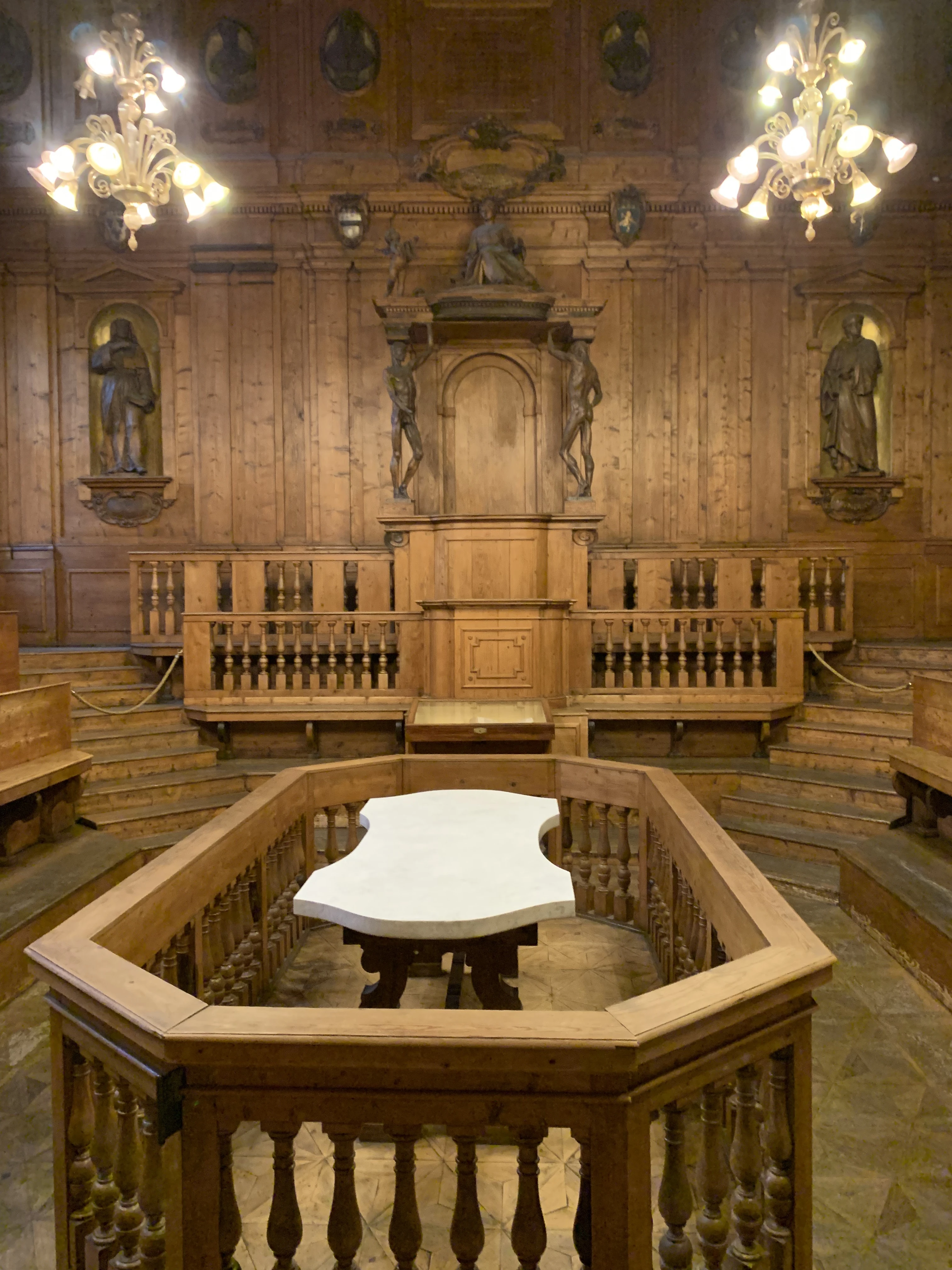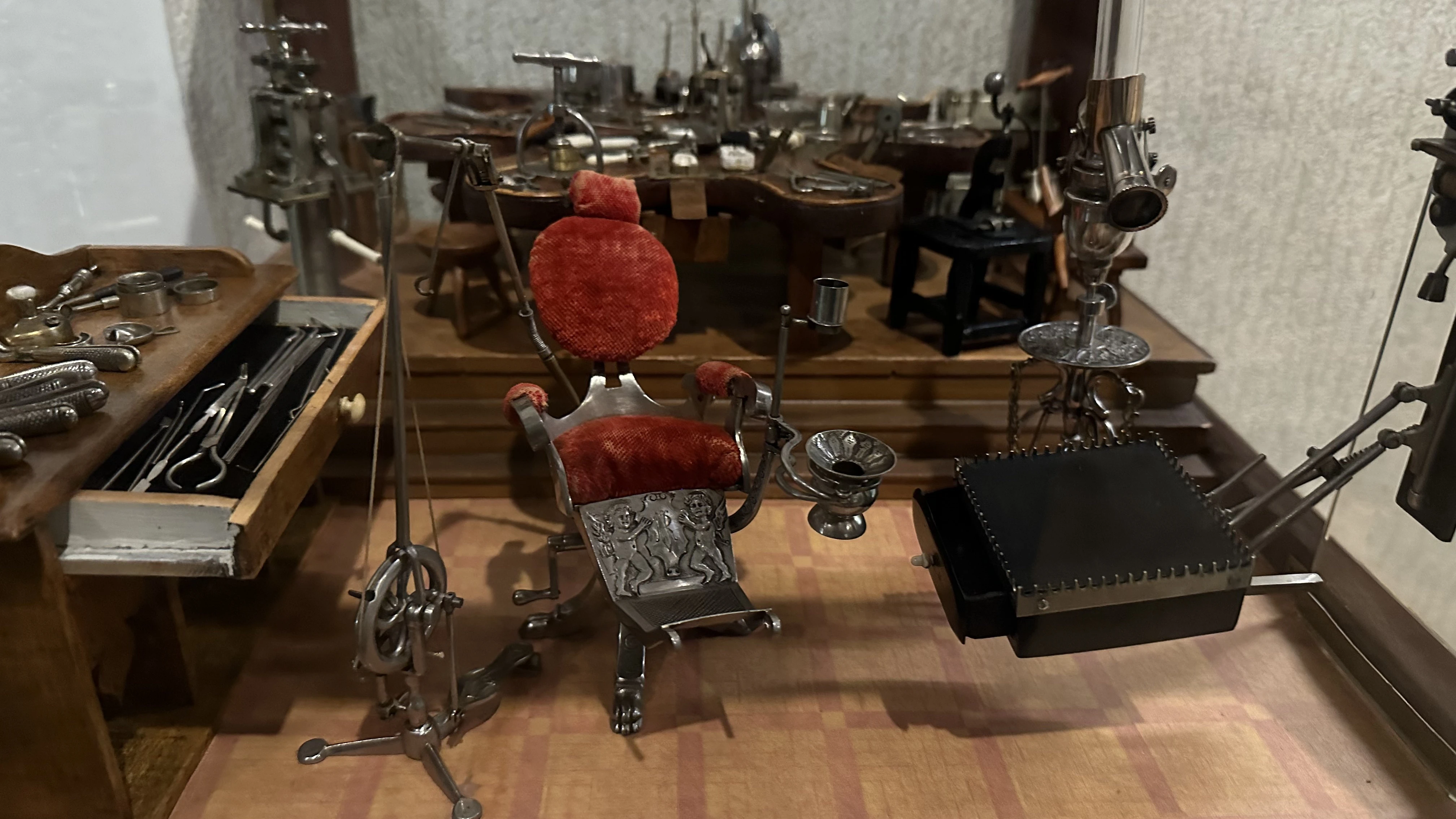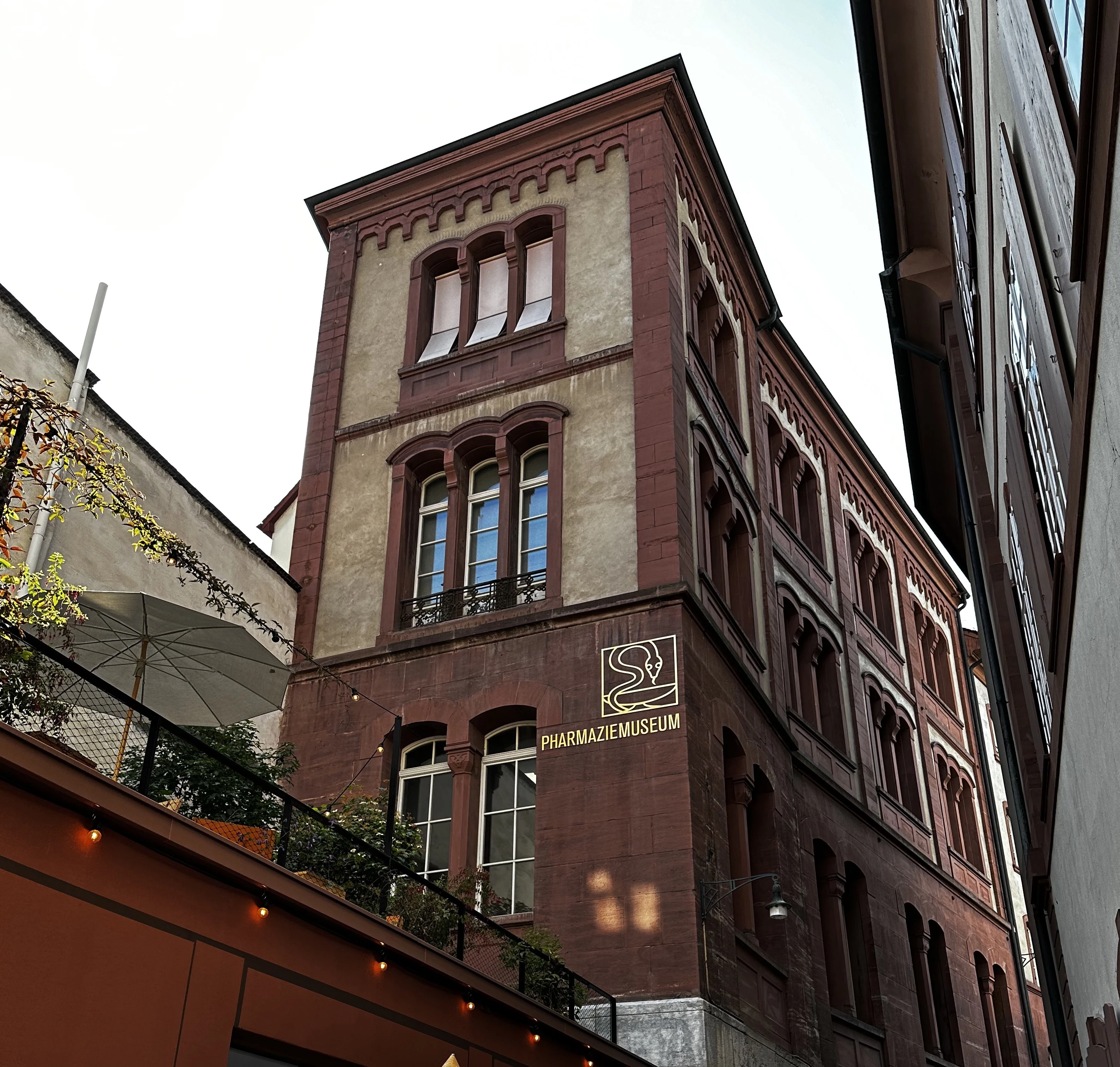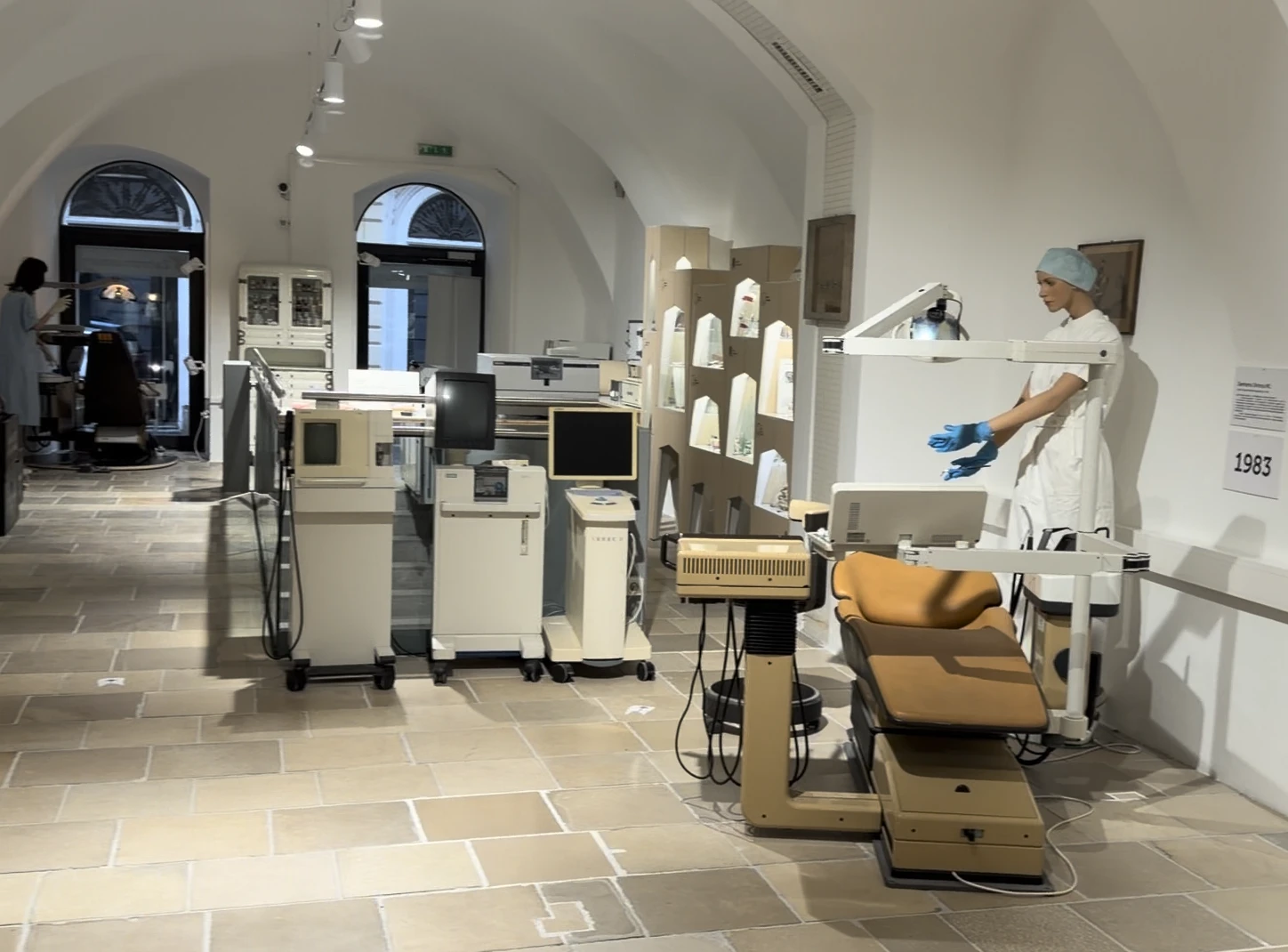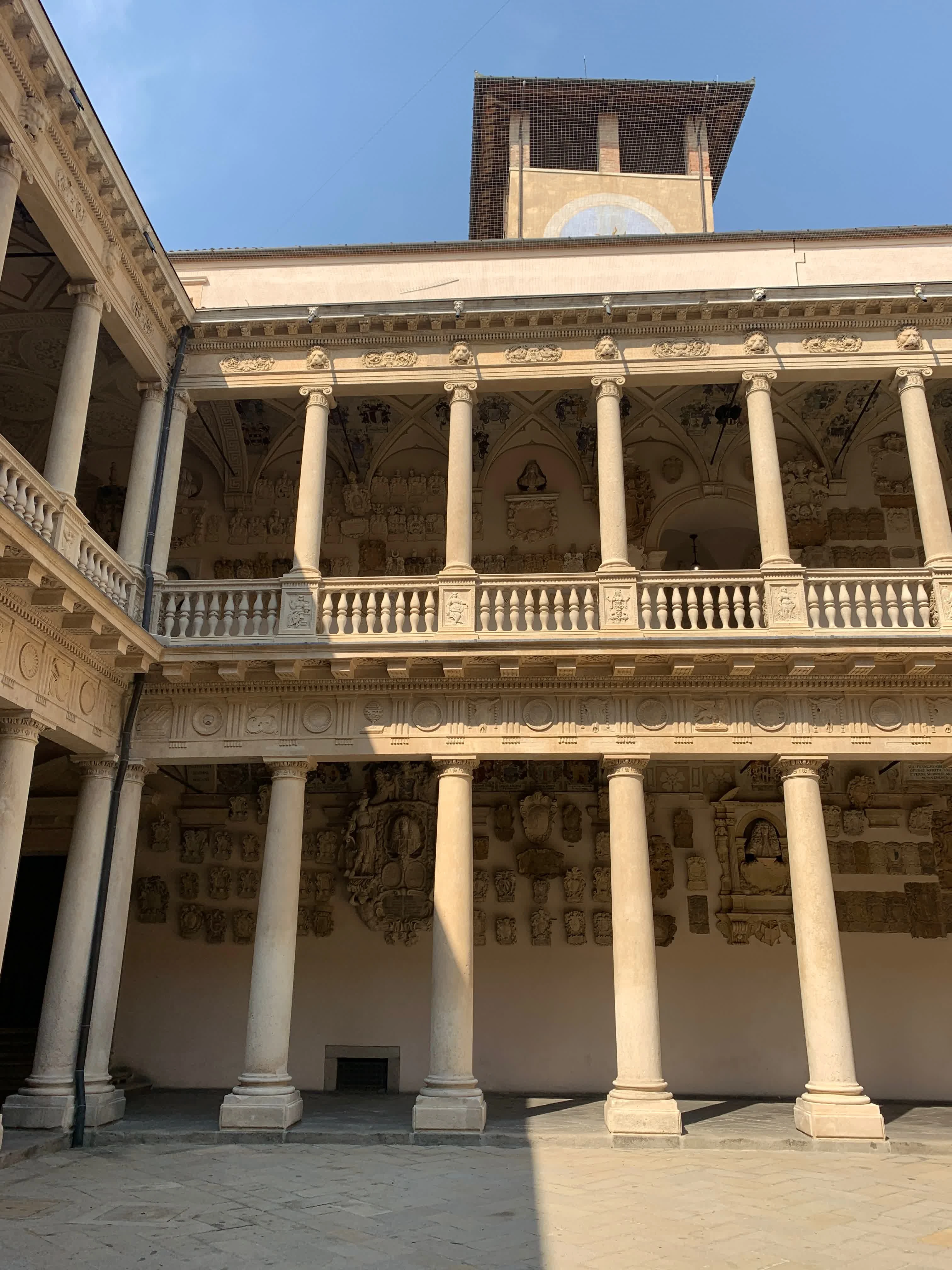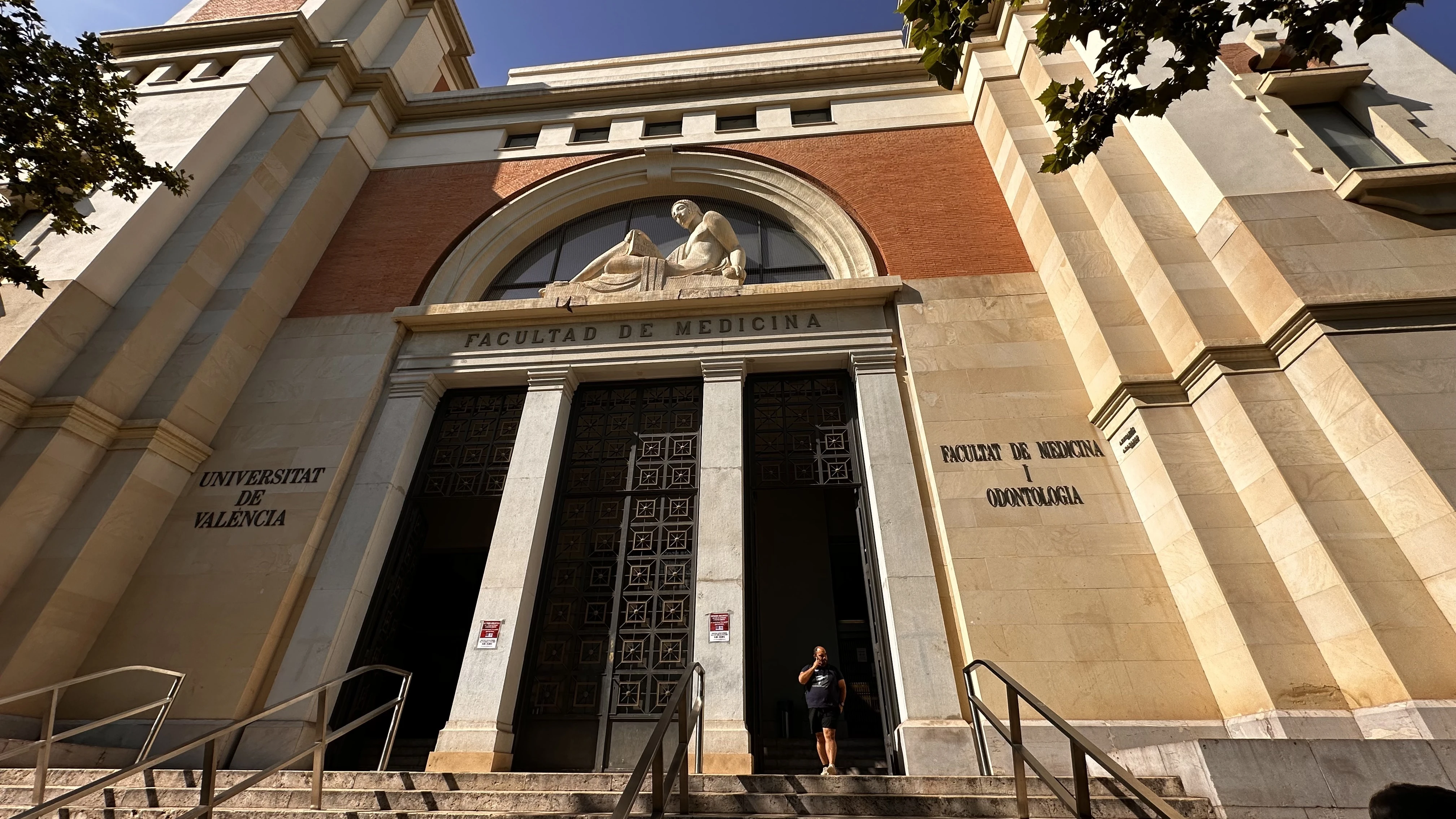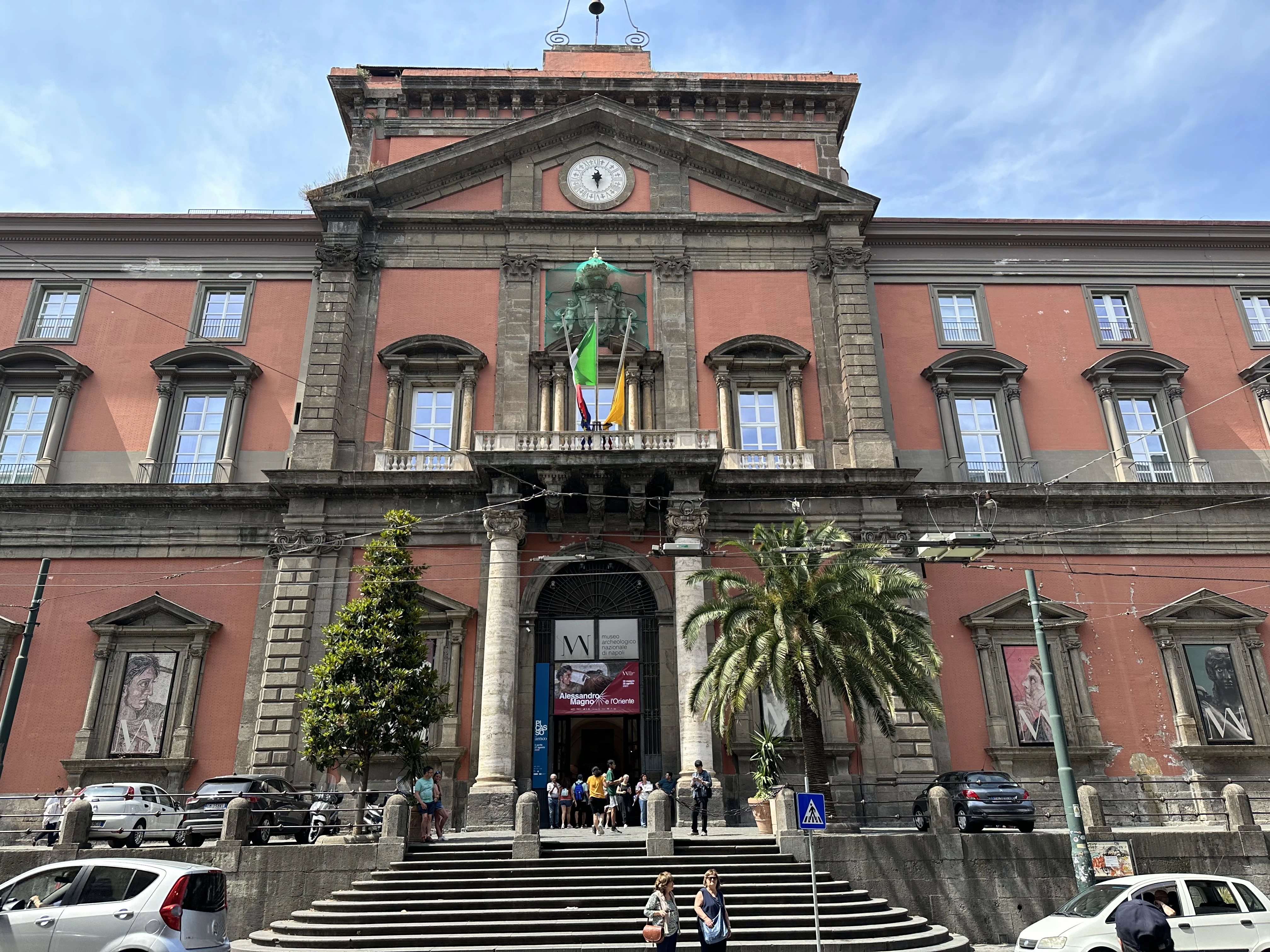Santa Maria della Scala in Sienna
Nestled in the heart of Siena, across from the grand Siena Cathedral, Santa Maria della Scala stands as a remarkable testament to Medieval and Renaissance medical history. Established as early as the 9th century, this institution was more than just an ordinary hospital— it was a beacon of hope and compassion that embodied the medieval ideal of charity as a civic duty.
Why it is worth to visit
- One of the most striking aspects of Santa Maria della Scala is its Pellegrinaio Hall (Hall of the Pilgrims), which captures in vibrant frescoes the very essence of its medical and charitable work. Majority of them were created by the local though renowned artist Domenico di Bartolo in 1440-1441. These frescoes tell a vivid story of medieval hospital life: nurses attending to the sick, physicians conferring over diagnoses, and the hospital’s staff providing food and comfort. The scenes are not just artistic treasures; they are invaluable historical records of the hospital's role in community care, medical treatment, and social welfare. One of the, Governo e cura degli infermi (The Care of the Sick) is undoubtedly one of the most famous and oldest depictions of the hospital activities in the world.
- Opposite the hospital is the Cathedral Santa Maria della Scala of fantastic beauty, ready to rival the main church of Florence. The interior is decorated by the greatest masters of the Italian Renaissance, including Raphael and Michelangelo.
- The Piccolomini Library another marvellous monumental room in the Cathedral of Siena. Located along the left aisle, it was built in 1492 by the archbishop of Siena, Cardinal Francesco Piccolomini Todeschini (later Pope Pius III) to house the very rich library collected by his uncle Pope Pius II. It consists of richly decorated chors antiphonaries, religious manuscripts, humanist and classical works. Between about 1502 and 1507 it was completely frescoed by Pinturicchio and aides, among whom were the Bolognese Amico Aspertini and the young Raphael Sanzio. Today it is one of the most important works of art in 16th century Italy.
History of the hospital
In its early days, Santa Maria della Scala served as a refuge for weary pilgrims making their arduous journey along the Via Francigena. This pilgrimage route, which connected Canterbury to Rome, brought countless travellers through Siena, seeking rest and respite. Over time, what began as a simple shelter transformed into one of Europe's foremost hospitals, committed to caring not just for pilgrims but for the sick, the destitute, and abandoned children.
As the hospital grew, so did its reputation. By the 12th century, it had established itself as a leading center for medical care, pioneering practices that would shape the future of medicine in the region. The halls of Santa Maria della Scala became a crucible where medicine, faith, and humanism intersected. Its mission was underpinned by the belief that the act of healing was sacred, a reflection of divine compassion and service.
Importance of the museum
Santa Maria della Scala's reach extended beyond just medical treatment, if fact it was one of the most important organisations in the city. It was a center where orphans found sanctuary, and the destitute received shelter and sustenance. The hospital was a pillar of Siena's social infrastructure, supported and revered by its citizens. Its contributions to medical history are evidenced by its progressive approach to patient care, incorporating a blend of religious piety and practical medicine that underscored the holistic nature of medieval healing.
Today, Santa Maria della Scala has been reborn as a museum, preserving the legacy of centuries of care, devotion, and medical progress. Visitors can wander through its expansive halls, now filled with art and relics, but still echoing the whispered stories of those who sought and provided healing within its walls. The museum stands as a reminder that this historic hospital was not just a place of treatment but a testament to humanity's enduring commitment to mercy, knowledge, and communal responsibility.
